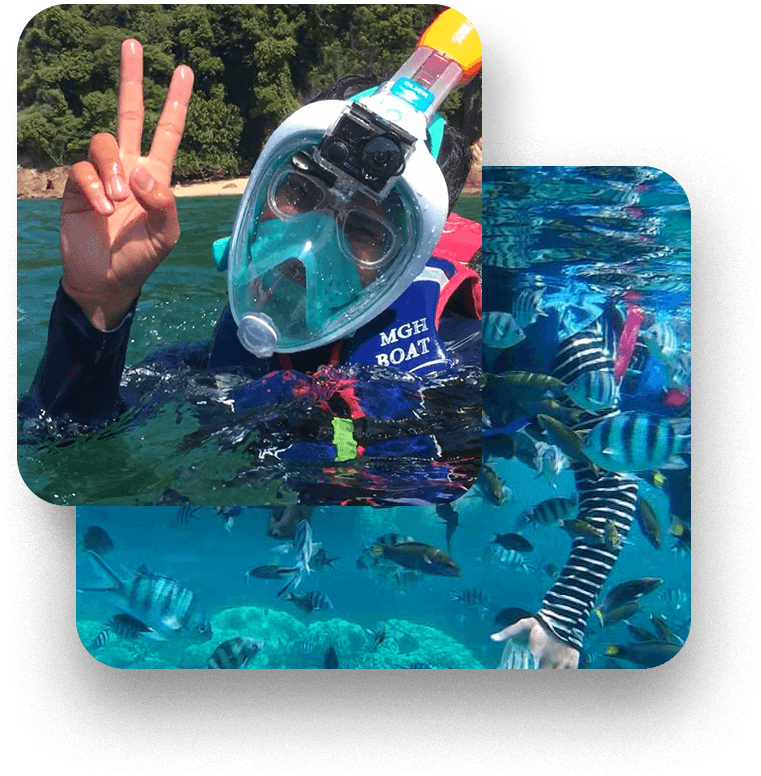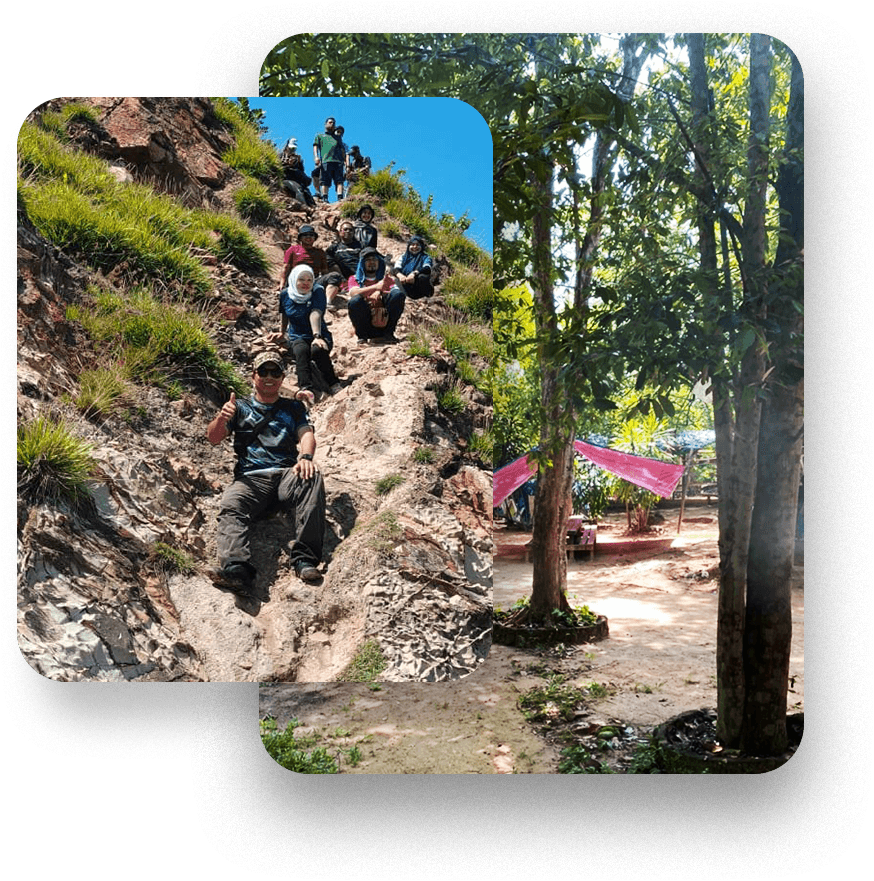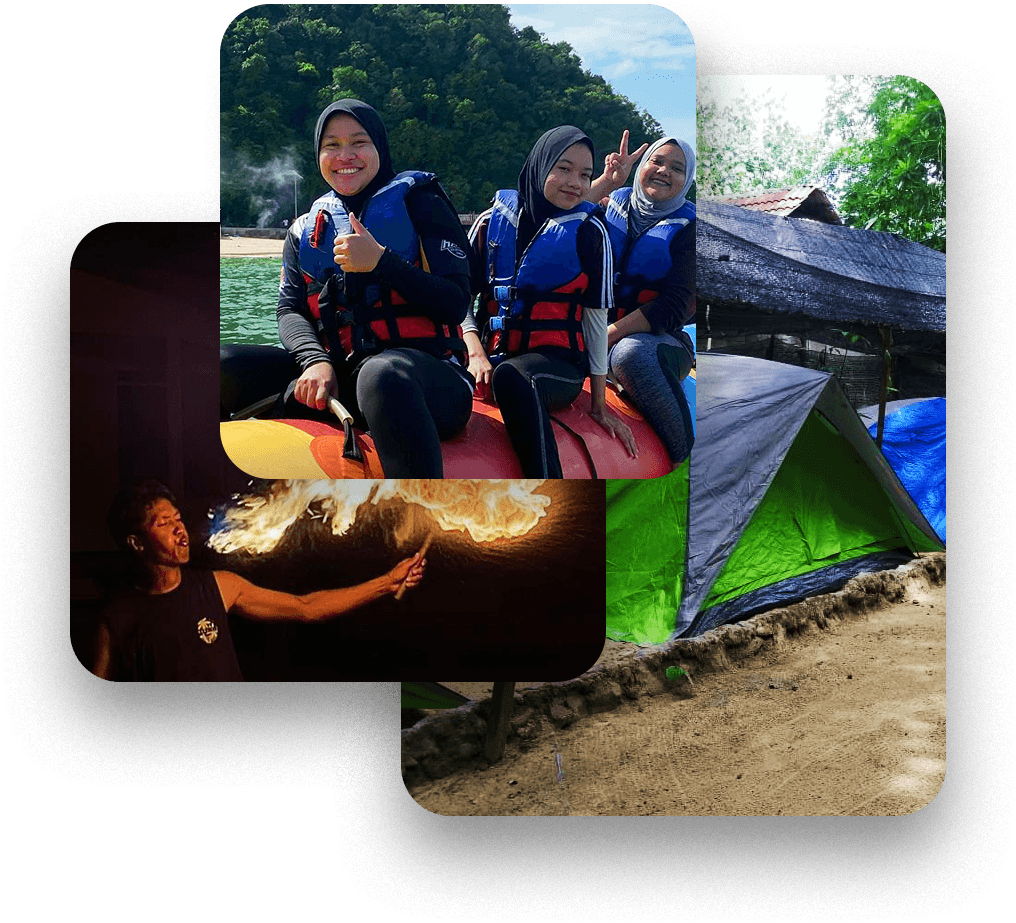
While Kapas Island is known as snorkeling paradise, partly because of the relatively shallow reefs, there are a number of excellent scuba diving spots as well.
One of the most popular sites in the vicinity is a World War II shipwreck. Some illegal fishing trawlers have also been sunk here to serve as artificial reefs and there is a good amount of coral on the eastern side of the island.
The species that you are likely to encounter here include eels, giant clams, cuttlefish, sea urchins, sea cucumbers, puffer fish, angelfish, damsels, nudibranchs and even turtles. There are plenty of hard and soft corals, including sea anemones with tiny clownfish hiding between their tentacles.
If you enjoy exploring the underwater world, do your part to protect it. The golden rule, apart from never holding your breath, is to take only photographs and leave only bubbles!
Shallow, accessible reefs and crystal clear water mean that the water around Kapas Island offers excellent snorkeling. There is plenty to see and the water is calm, making it a pleasant experience for the whole family.
Some people opt to explore the water right in front of the resorts, where there are a few sparse reefs. However the best snorkeling is between Kapas and Gemia Islands on the north western tip of the island.
Other good snorkeling spots are at the southern tip of the island and off the island’s eastern shore, which can be reached by a footpath through the jungle.
Other good snorkeling spots are at the southern tip of the island and off the island’s eastern shore, which can be reached by a footpath through the jungle.
Snorkeling equipment can be rented from your resort and some resorts can arrange for a boat excursion to the aforementioned snorkeling spots.
The species that you are likely to encounter here include eels, giant clams, cuttlefish, sea urchins, sea cucumbers, puffer fish, angelfish, damsels, nudibranchs (colourful sea slugs) and even turtles. There are plenty of hard and soft corals, including sea anemones with tiny clownfish hiding between their tentacles.
The sheer amounts of visitors and careless practices have resulted in damage to the coral and consequently the marine life around the islands.
Control your buoyancy carefully as the water is very shallow in places.
Use a life jacket and only use fins if you are completely confident that you will not accidentally touch the coral.
Stay within the designated areas so that you do not cross boat paths and get hit.
Keep your distance from Triggerfish as they may be aggressive, especially when guarding a nest.
Keep yourself protected from the sun.
6- When renting equipment, ask for assistance and tips from your resort to ensure a good fit (especially of your mask)


Those that prefer to stay out of the water can enjoy the untouched jungle by crossing the island on one of the footpaths that cut through the greenery. To fully understand the diversity of the fauna and flora on the island, including the traditional uses of some of the indigenous plants, a guided jungle trek is your best bet.
You can easily do the trek on your own though. The 45 minute trek from the jetty to Kapas View Point is one of the favourite routes to take: the spectacular view from the top is a well-earned reward for a sweaty walk.
Remember to bring plenty of water and a good insect repellent.
The soft white sand on the island is not only a great place to relax and enjoy the view, but makes a perfect beach volleyball field. Enjoy a game with your friends, but remember to keep yourself protected from the sun.
A few resorts rent out sea kayaks so you can explore the secluded bays and some of the deserted beaches on Kapas Island by paddling there yourself.
There are a few beaches on the island that are excellent for swimming, even at low tide, as the coral is further out to sea and there is no danger of stepping on it. The area is also popular for windsurfing and sailing.


Kapas Coral Beach Resort is located on Kapas Island off Terengganu State, East Coast of Peninsular Malaysia which lies a white and long sandy beach as a short walking distance from the chalets. The resort facilities include Malay built traditional designed wooden chalets and such a perfect place to have a family vacation.